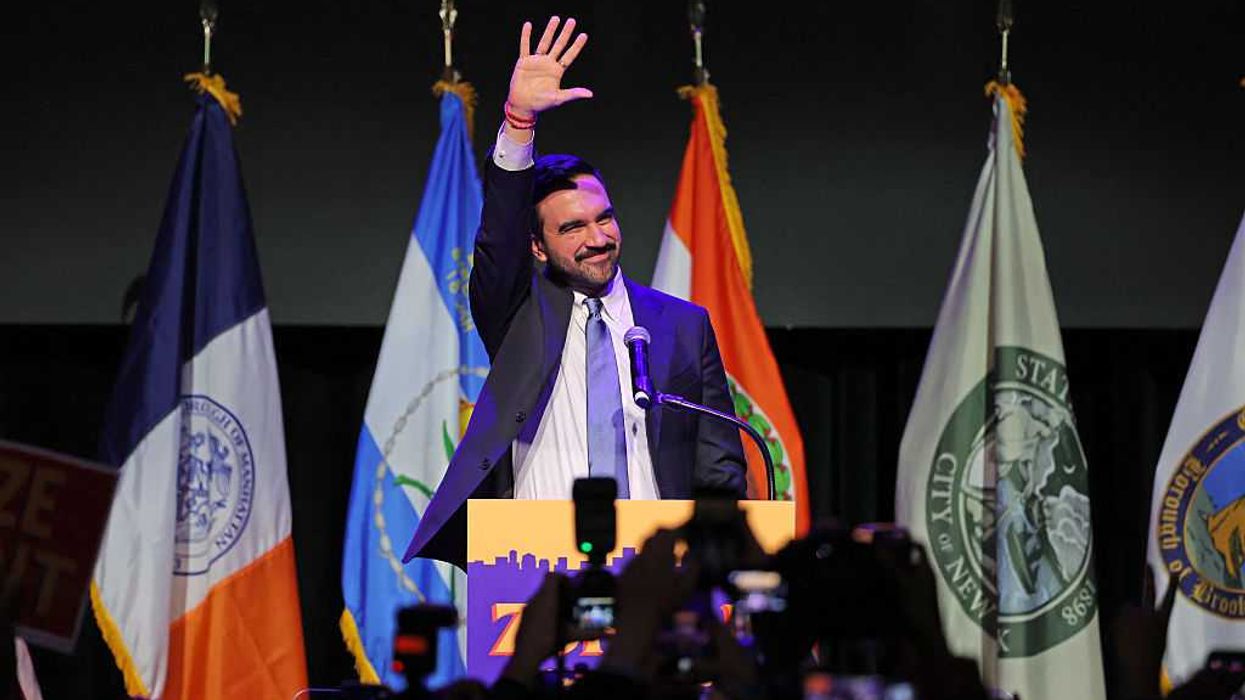Watch Glenn discuss the story in the clip above
by Sara J
This morning on radio Glenn read an article from the Journal of Medical Ethics titled, “Is it morally wrong to take a life? Not really, say bioethicists.” Now to those of us that live in the wonderful world of absolutes, where good vs. evil and right vs. wrong exist, the answer to that question is not “not really,” it’s an overwhelming “YES.” This article is disturbing for a few reasons, the first being the authors that raised this question are from Duke University and The National Institute of Health, where you think they would be rather familiar with the Hippocratic Oath that states “first do no harm.”
A little over a year ago I was a student at a medical college in the Southeast studying to be a Doctor of Physical Therapy. I was accepted right before “Obamacare” passed, after which I obviously had some major concerns. While researching the ridiculously lengthy bill, the most shocking discovery I made was no one else seemed to think it was going to affect the way they care for their patients. How any rational person thinks 2,000 pages of legislation focused on their field of study isn’t going to affect the way they do business is beyond me, but that was and probably still is the case.
Today on radio Glenn tied the similarities between the article he read on air to Obama health care policy advisor, Ezekiel Emmanuel’s concept of healthcare rationing, The Complete Lives System . As shocking as The Complete Lives System sounded on radio this morning, imagine running across this document during a class presentation stating that Obamacare is fantastic and will allow poor people better healthcare, while making billing more efficient. Again, how 2,000 pages of legislation makes anything more efficient is beyond me.
Emanuel’s “Principals for allocation of scarce medical interventions,” which explains his Complete Lives System, is one of the most alarming documents I have ever read, and it is written by a man who sits on one of the “expert health panels,” as Obama calls them, that are going to help you get a “higher quality of care.” Since Ezekiel and the average doctor clearly hold a different interpretation on “first do no harm,” I would be interested in hearing what President Obama means by “higher quality of care,” and who exactly it applies to.
“The Complete Lives System” is a system of that defines what the “just” allocation of healthcare should be to “satisfy all ethical requirements,” in situations of shortages. Emmanuel uses five principals: youngest-first, prognosis, save the most lives, lottery, and instrumental value.
“As such, it prioritizes younger people who have not yet lived a complete life and will be unlikely to do so without aid. Many thinkers have accepted complete lives as the appropriate focus of distributive justice: “individual human lives, rather than individual experiences, [are] the units over which any distributive principle should operate.” Although there are important differences between these thinkers, they share a core commitment to consider entire lives rather than events or episodes, which is also the defining feature of the complete lives system.”
This is a system that discriminates against the very young and the elderly, but because, as he sees it, “allocation by age is not invidious discrimination; every person lives through different life stages rather than being a single age.” In other words, if you have to decide who gets a heart transplant, a 25 year old or a 65 year old, the heart would go to the 25 year old, because the 65 year old has already lived through that “life-stage.” Regardless of the fact that the 65 year old may have been on the transplant list a longer amount of time, they may be in more critical condition and need the transplant quickly, or have the money to pay for the organ without help from the system; they aren’t given priority of the organ.
Physical Therapy has a growing number of geriatric patients with the increasing and improved technology of hip or knee replacements, treatment for back problems, mobility issues, and other common ailments among the elderly. Physical Therapy is not an effective tool to treat injuries that need surgery or would be better managed with surgery. Rather, to prevent the need for surgery, or to improve strength and mobility after surgery.
However, when discussing healthcare reform during the health care legislation debate two years ago President Obama made comments like giving grandma “a pill” instead of pacemakers, and wasn't sure if hip replacements are really necessary for those nearing the end of their life… because who wouldn’t rather take habit-forming, debilitating pain-killers instead of have one of the most successful surgeries among older patients… His limited understanding of how impactful the ability to move around pain free can be on an older person is alarming. Something as simple as a hip replacement can give a formerly immobile 70 or 80 year old woman the ability to exercise, improving her health and outlook on life—adding years onto their life.
I raised this issue with my peers and my professors, and received the typical “oh, that will never happen” response Glenn viewers and listeners are all too familiar with. Without getting too boring on you, many states PT’s are under the direction of the M.D. of a particular patient—in other words, referral based. If care were being rationed, a very realistic concern would be more and more doctors sending patients directly to PT and side-stepping orthopedic surgeries or procedures that would be much more beneficial to the patient.—which may be good for the PT’s wallet, but very bad for their patient quality of life.
Those are the types of things you can expect to see if “Obamacare” isn’t repealed. And one of a few reasons I changed career paths. The main thing my professors taught me while I was in DPT school was that above all else it’s a PT’s job to be a strong advocate for their patient. That’s the number one job of all doctors. Under Obamacare, doctors run the risk of losing their ability to effectively do that.
While the article Glenn read this morning focuses on the idea of organ donation, judging from the authors’ view on the “sanctity of life”—that it doesn’t exist—their line of morality could be applied to any type of shortage. Patients would become numbers and statistics based off of principals like Emanuel’s: youngest-first, prognosis, save the most lives, lottery, and instrumental value.
“[I]f killing were wrong just because it is causing death or the loss of life, then the same principle would apply with the same strength to pulling weeds out of a garden. If it is not immoral to weed a garden, then life as such cannot really be sacred, and killing as such cannot be morally wrong.”
…yes, they did just compare human life to weeds.

 ANGELA WEISS / Contributor | Getty Images
ANGELA WEISS / Contributor | Getty Images
 Eric Lee / Stringer | Getty Images
Eric Lee / Stringer | Getty Images Andrew Harnik / Staff | Getty Images
Andrew Harnik / Staff | Getty Images